Located in the center of Portugal are the historic Schist villages (Aldeias do Xisto), quite simply one of Portugal’s best kept secrets. This network of 27 villages includes pristine forests, hiking trails and even river beaches spread across 21 municipalities in the Central Region of Portugal.
These schist villages are often out of sight, away from the main roads and routes and spread across several of Portugal’s hilly regions. Up until recently, the villages had been firmly in decline, with many of them being abandoned. However, today many have been restored and are impressive sights, for anyone looking for something a bit more “off the beaten track” well worth seeking out!
What is Schist and what is a Schist Village?
First up, what is Schist? Schist is a type of rock not too dissimilar to slate. For a more technical description, Geologists describe schist as a medium grade metamorphic rock that shows well-developed schistosity. Schistosity is a thin layering of the rock produced by metamorphism that allows the rock to easily split into flakes or slabs less than 5mm to 10mm thick.
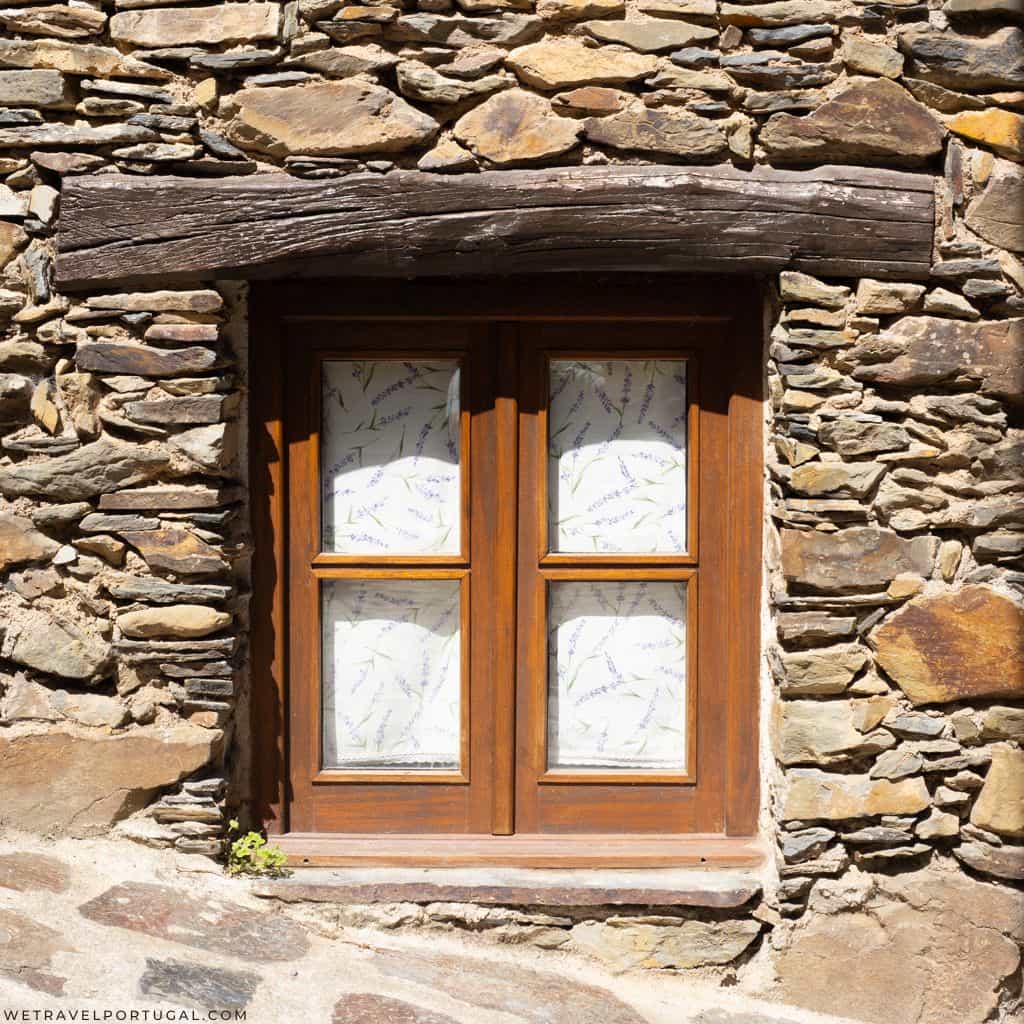
What’s a Schist Village?
So, what’s a Schist Village? Well schist is an easily accessible and during history a rather cheap building material which lead to many buildings and entire villages being constructed from the material.
These Schist villages were all built sometime during the 12th and 13th centuries. During this time, materials would have been carried by man and animal power, so buildings primarily used what was locally available – and schist was widely available in Central Portugal. Over the past few years, these villages, their mountain ranges and pristine nature, have experienced somewhat of a resurgence thanks to their recovery and promotion by several organisations.
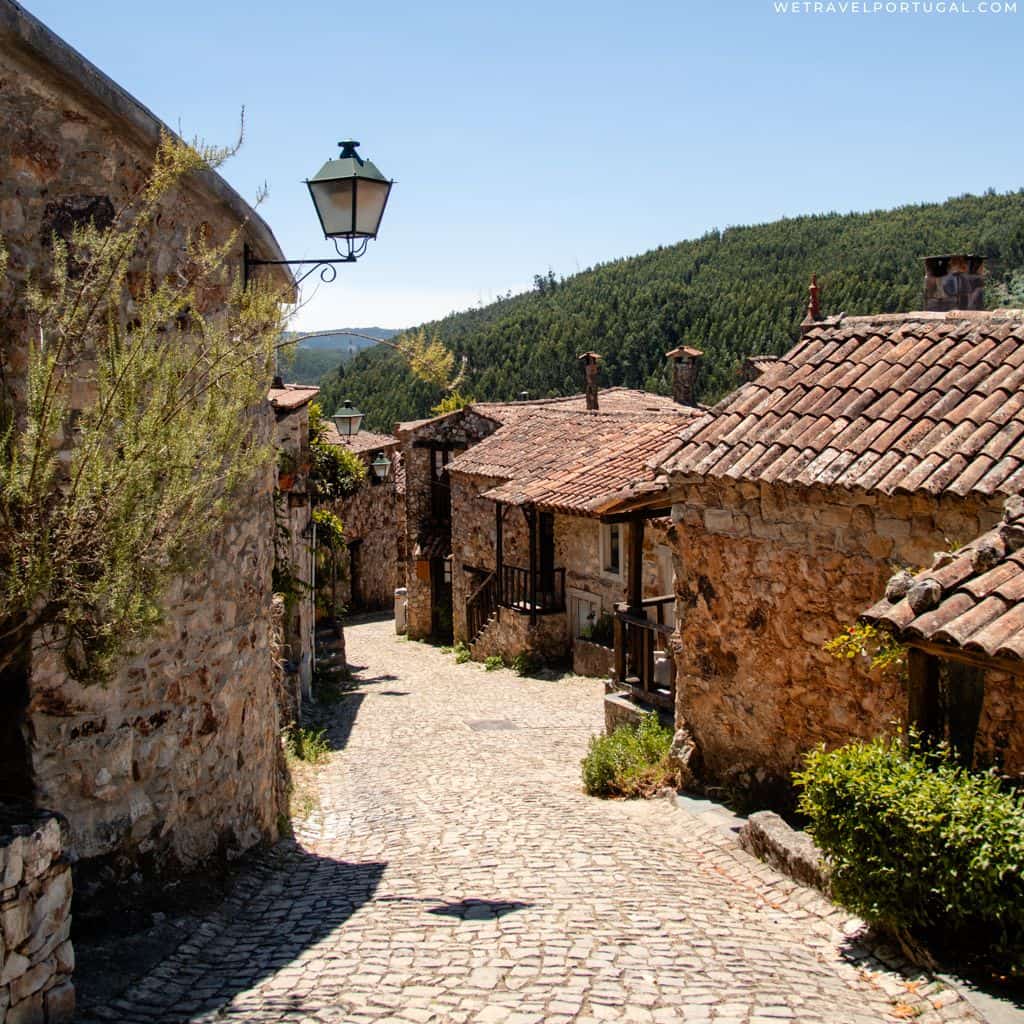
Reviving and Protecting Schist Villages
Over the last few years, the Central region in Portugal has gained new life thanks to the recovery of 27 traditional villages. This recovery has primarily been led by an organisation called ADXTUR – Agência para o Desenvolvimento Turístico das Aldeias do Xisto. In English that’s the Agency for the Tourist Development of the Schist Villages. Combined with the cooperation of 21 municipalities spread across Central Portugal, and the locals committed themselves to this project of recovering of their villages.
Little by little, the schist houses and buildings, the trademark of the region, were restored using traditional techniques. As well as the villages, tourist landmarks like river beaches and hiking trails were developed, improved, and made accessible.
New commercial activity managed by local inhabitants was encouraged and promoted. Rural tourism was developed leading to things like restaurants centred around local food, local museums, and even extreme sports, like climbing and mountain biking. In turn this has led the Schist Villages to develop into a highly attractive tourist destination in Portugal. This has revitalised the region and, in some cases, reversed the trend of depopulation in multiple rural locations.
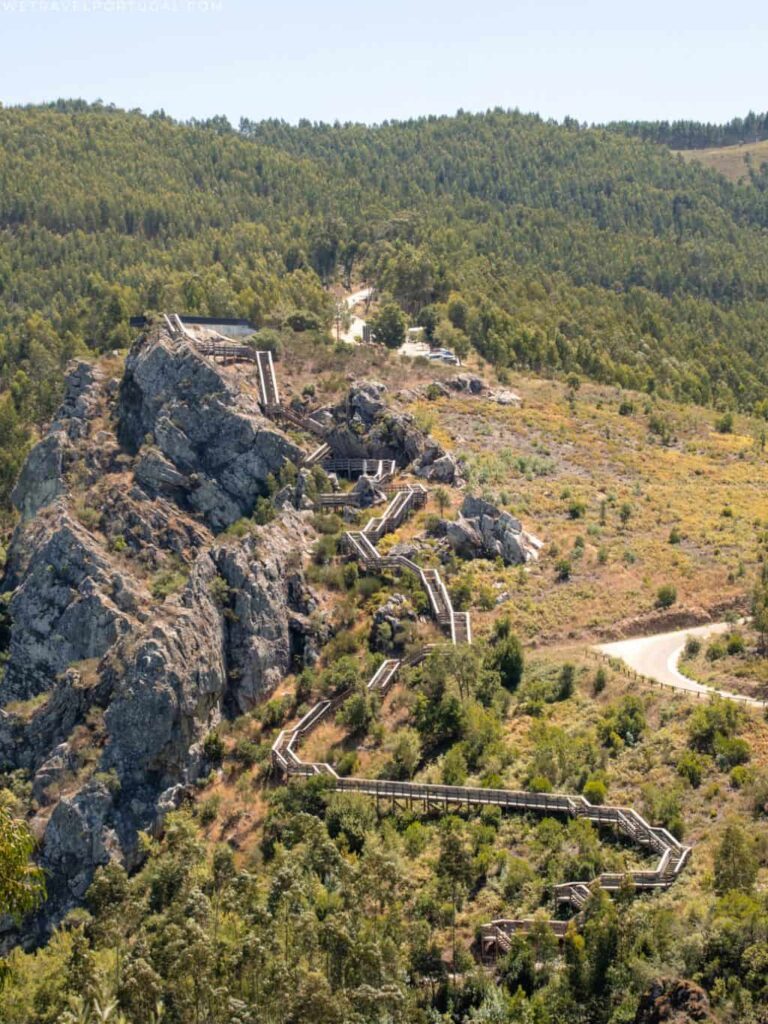
Where are the Schist Villages?
Today there are 27 Schist villages that are roughly spread across four main areas:
- Lousã Mountain Range: Aigra Nova, Aigra Velha, Candal, Casal de São Simão, Casal Novo, Cerdeira, Chiqueiro, Comareira, Ferraria de São João, Gondramaz, Pena, Talasnal
- Açor Mountain Range: Benfeita, Aldeia das Dez, Fajão, Sobral de São Miguel, Vila Cova de Alva
- The Zêzere River Course: Barroca, Álvaro, Janeiro de Baixo, Janeiro de Cima, Mosteiro, Pedrógão Pequeno
- The Tejo-Ocreza River Course: Água Formosa, Figueira, Martim Branco, Sarzedas
How to Visit the Schist Villages?
If you hadn’t realised, the Schist Villages are spread out across a wide area in Central Portugal. It really isn’t practical to see them all in the same trip, without dedicating a serious amount of time and expense to the endeavour. It’s best to pick just one area and choose several villages you want to experience, remembering that there are many other attractions beside the villages themselves – like hiking trails, river beaches, and other experiences.
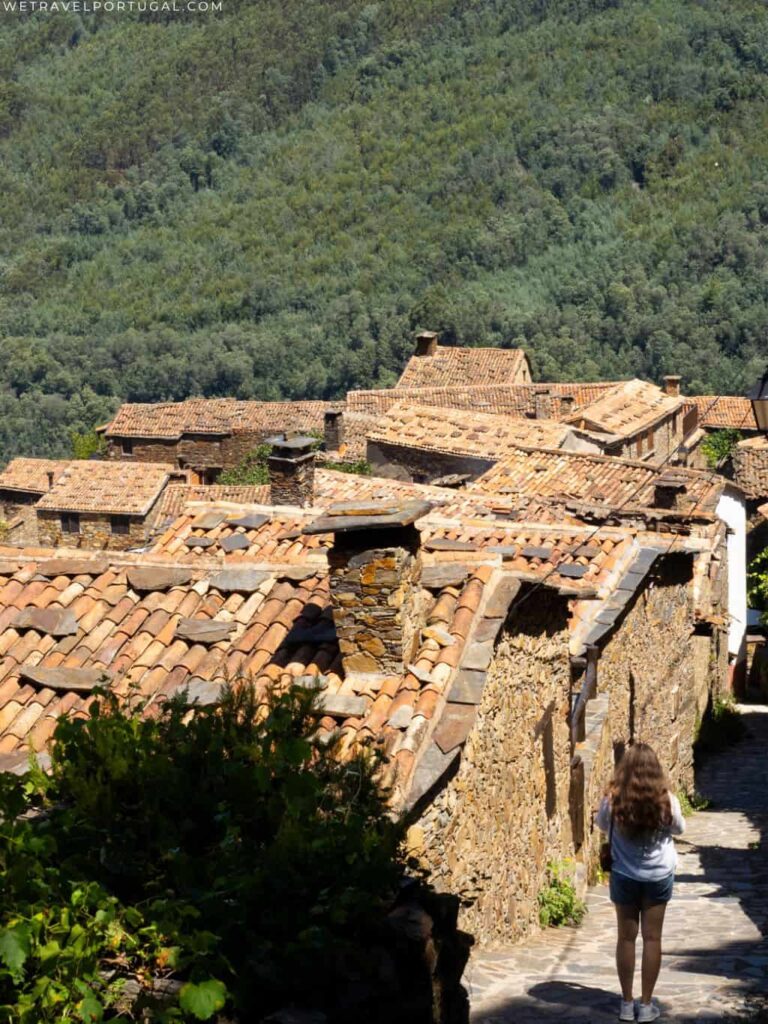
How To Get To The Schist Villages
As mentioned, the villages are spread out. The closest to Lisbon are around 2 hours away, with the furthest being 4 hours. Unfortunately, or fortunately, they take some dedication to get to. Public transport is incredibly limited. You’ll need a rental car or a private driver / tour guide for the simplest way of visiting any of the Schist Villages.
Ideally, visiting the schist villages should be done as parts of a longer trip in the area, we suggest at least several days, or a weekend to fully explore a few villages. However, if you want to visit just one or two then you can plan a day trip, or even an adventurous stop for the more typical trip between Lisbon and Porto. The Lousã area in particular is probably the simplest to combine in this itinerary. Casal de São Simão is really not much of a detour on the A13 between Tomar and Coimbra.
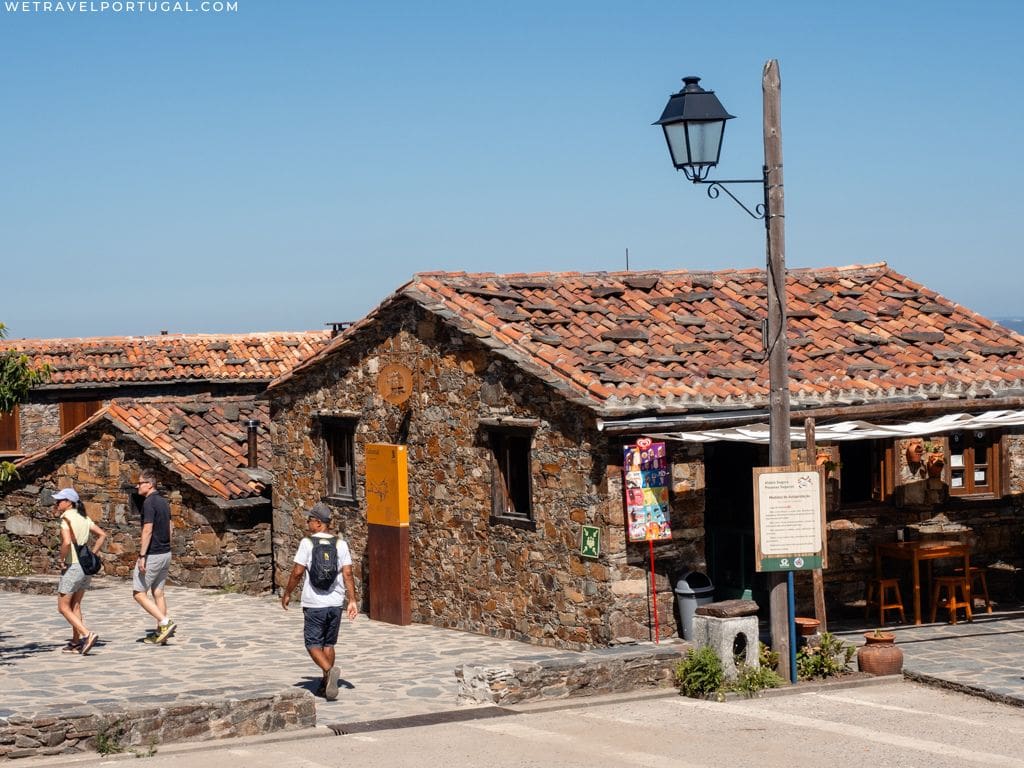
The Best Time To Experience the Schist Villages?
The best time of year to visit any of the Schist villages really depends on what you’d like to see and what you’d like to do. Far from Portugal’s more Mediterranean climate, the inland area more evidently displays the seasons. Winters can be chilly and can even offer a sprinkling of snow. Spring can be damp, wet, and misty. Summers are hot, dry, and means you can really take advantage of the river beaches and swimming opportunities. Late autumn things can turn wet, damp, and misty, again before winter arrives.
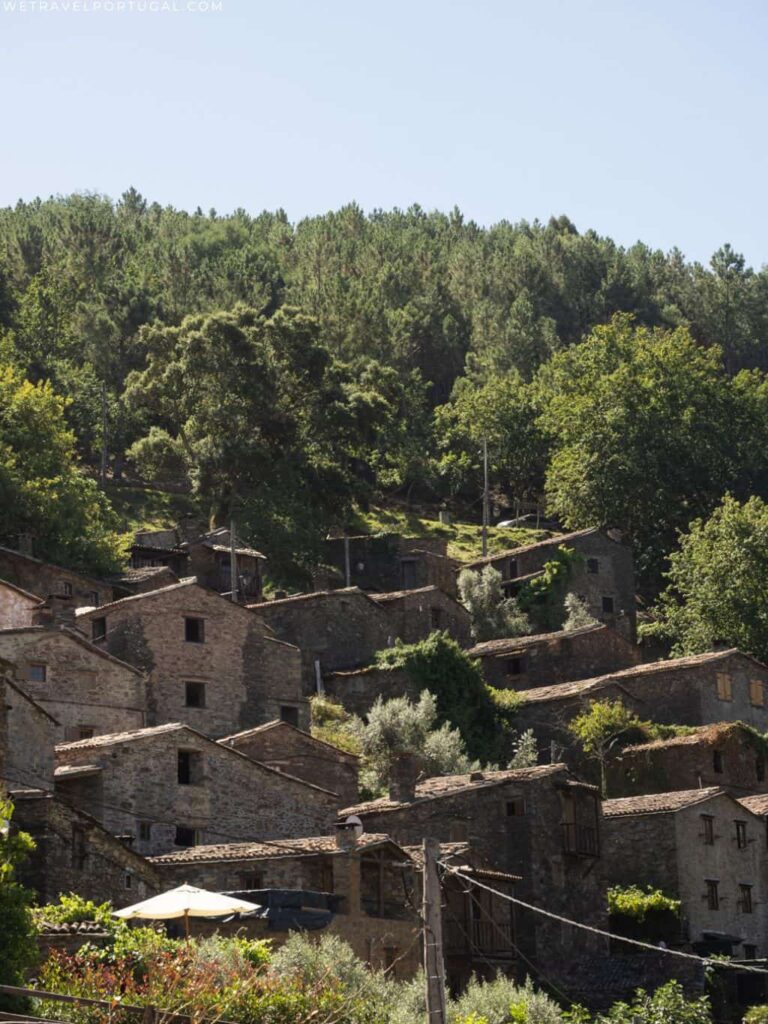
Our Favourite Schist Villages to Visit
As there are 27 villages, we can’t possibly list them all. So, we’ve picked out a couple of our favourites to get you started! First up is Casal de São Simão.
Casal de São Simão
Casal de São Simão is probably one of the best introductions to what the Aldeias de Xisto are all about. A seriously impressive river beach, some incredible hiking routes and walkways, and of course a very tidy schist village. Casal de São Simão is probably also one the simplest of the Schist Villages to get to, being the closest to major roads and towns. That said, as for the village it is not the most impressive or the biggest, in fact it’s relatively small. However, what you cannot miss is the river beach of Fragas de São Simão, the walkways, and the hiking trails.
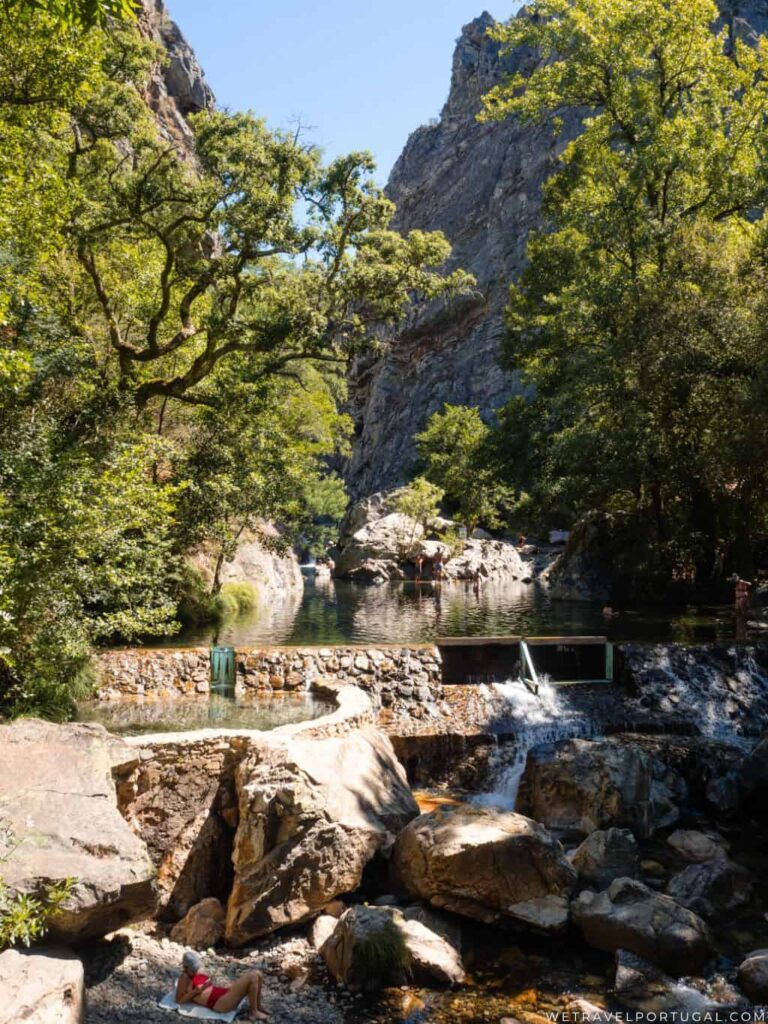
Talasnal – Schist Village
Talasnal is one of the most popular and most visited of the schist villages, it’s also one of the biggest and most heavily restored. However, this restoration does at times make it seem quite touristy and almost a little too polished. You’ll need to walk through several restaurants and gift shops before you discover many of the winding alleys and stairways. Explorers will be rewarded though, it seems almost every opening leads to stunning views of the surrounding valley. The popular restaurants? They serve some of the best food of this region. Just because Talasnal is busy, doesn’t mean it should be missed!
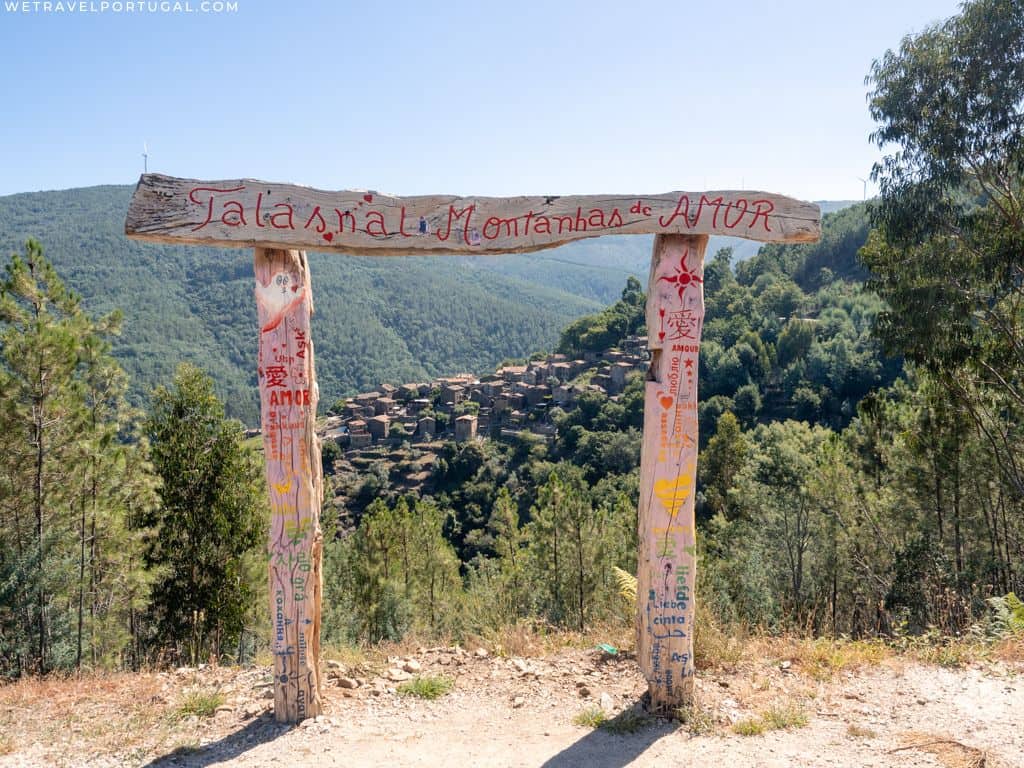
I’ve seen pictures of Piódão, why isn’t Piódão a Aldeias de Xisto?
In the Serra do Açor is one of the most famous villages in Portugal – the beautiful Piódão. From its appearance you’d think it should be included in the Aldeias de Xisto. A magical village, full of schist houses, surrounded by forest. However, officially it is not an Aldeias de Xisto, that’s because it is part of another similar program – Aldeias Historicas de Portugal. Another famous example is Monsanto, another impressive village near the Spanish border in the Centro region.
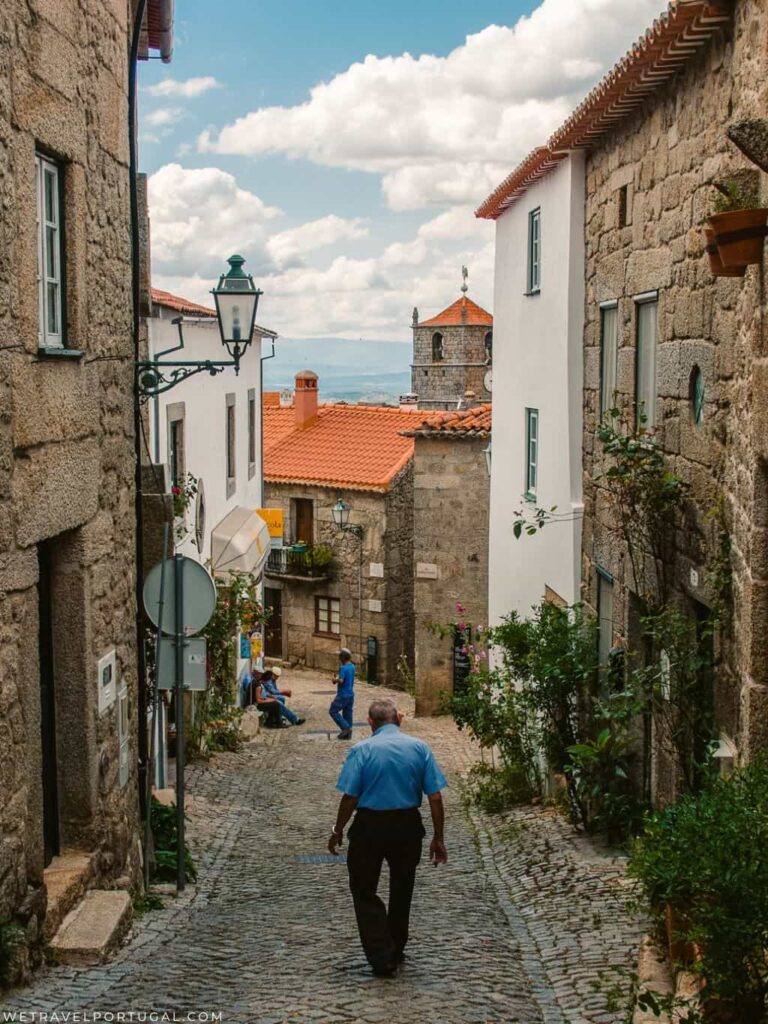
Will you be visiting a Schist Village?
With this introduction we hope we’ve convinced you to go out and explore the central region of Portugal and many of its beautiful villages! What village will you choose first?
Follow Us!

